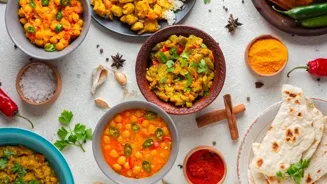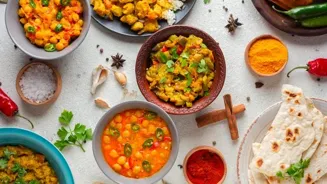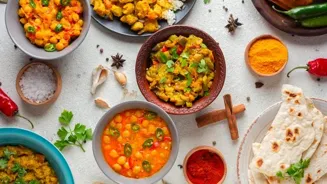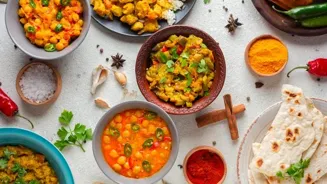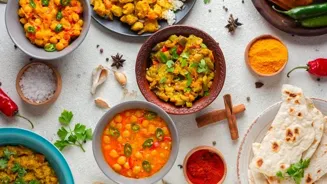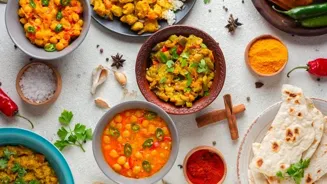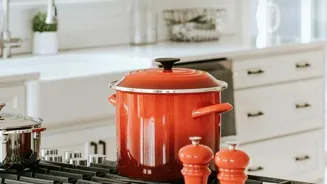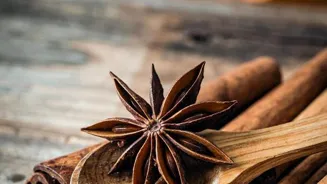Unveiling the Secrets of Authentic Indian Cooking: Master these 6 Essential Ingredients for Exquisite Flavors
Indian cuisine, with its vibrant tapestry of flavours and aromas, is a global favourite. But
recreating that magic at home can sometimes feel a little daunting, no? Many a times, folks think its complex! The secret, however, lies not just in elaborate recipes, but in mastering the basics.
These six essentials are the bedrock of most authentic Indian dishes. Get these right, and you'll be well on your way to bringing the heart of India into your kitchen.
Turmeric: a vibrant, health-boosting spice essential in Indian cooking
First up, we have the humble, but mighty, turmeric (haldi). This golden spice is a staple in every Indian household. Apart from its vibrant colour that it lends to the dish, turmeric is a powerhouse of health benefits. It acts as an anti-inflammatory agent and is loaded with antioxidants.
In cooking, a pinch of turmeric is often added to hot oil at the very beginning, to impart its earthy flavour and beautiful color to the dish. It's especially important in curries, dals, and vegetable preparations. Don't be shy with it! But a little goes a long way, so use it judiciously.
Remember to buy good quality haldi or turmeric powder. You will see the difference. Authentic haldi will give authentic taste. Try and avoid haldi which is too yellow with artificial colours. That’s bad one.
Cumin essential in Indian cooking for flavor and digestion
Next comes cumin (jeera). Whether used whole or ground, cumin is crucial in many Indian gravies and dishes. Whole cumin seeds, tempered in oil, release a warm, nutty aroma that forms the base for countless dishes.

Ground cumin adds a subtle depth and complexity that complements other spices beautifully. It's particularly important in many North Indian dishes like chole and rajma. When using whole cumin seeds, let them sizzle for a few seconds in hot oil until they release their fragrance.
This step is essential to unlock its flavour potential. To create the taste of India make sure to use jeera in your meals. Jeera also helps in improving digestion. So add it to your food today.
Coriander: essential in Indian cuisine for flavor and freshness
Then we have coriander (dhania), both as seeds and fresh leaves. Coriander seeds, when roasted and ground, offer a fragrant, citrusy note that is frequently used in spice blends. Fresh coriander leaves, on the other hand, are a popular garnish, adding a burst of freshness and vibrancy to dishes.
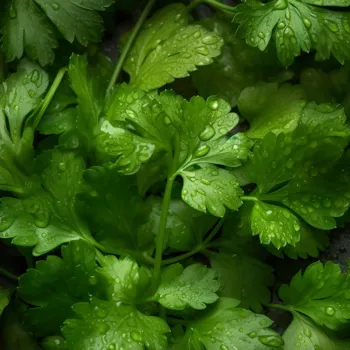
You’ll find dhania seeds in practically every Indian spice mix. Fresh dhania is commonly used as a garnish, whether in rice, on daal or to decorate a vegetable dish. It is a must have when you are making Indian food. Not only does it bring flavour, it adds freshness too.
It is an important ingredient. You can't really miss it.
Ginger and garlic paste: essential base for Indian dishes, easy to make at home
Fourth, let's talk about ginger and garlic paste (adrak-lahsun paste). This dynamic duo is a fundamental flavour base for a vast range of Indian dishes.
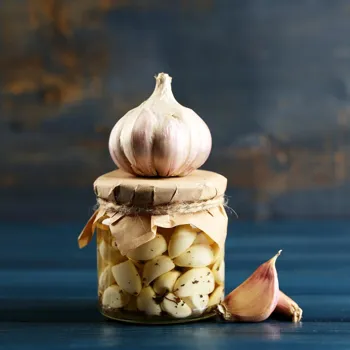
The pungent warmth of ginger and the sharp, assertive flavour of garlic combine to create a powerful foundation for curries, vegetable dishes, and more. It's a versatile paste, readily available pre-made but easily prepared fresh at home. Making your own guarantees the freshest flavour.
Simply blitz equal parts of peeled ginger and garlic in a food processor or blender until you reach a smooth paste. You can store this in the refrigerator for a week. This gives a very special zing to your food. Remember to buy nice fresh ginger and garlic to make your paste.
A little paste goes a long way.
Garam Masala: The quintessential blend of warming spices in Indian cuisine
Following this is Garam Masala. Now this is not a single ingredient, but the perfect blend of delicious ingredients. Garam masala literally means "warming spices." It is a blend of ground spices that adds warmth and complexity to Indian dishes. The exact composition varies from region to region.
Common ingredients include cardamom, cinnamon, cloves, cumin, coriander, and black pepper. A pinch or two of garam masala, added towards the end of cooking, can uplift the flavour of any dish. There are so many variations when it comes to garam masala.
Each family in India has their own mix, perfected over generations.
Desi ghee: versatile, essential ingredient in Indian cooking
Finally, no Indian kitchen is complete without desi ghee. This clarified butter adds a rich, nutty flavour to everything it touches. From tempering spices to drizzling over rice or rotis, ghee is a versatile and essential ingredient. It's also considered auspicious in many Hindu traditions.
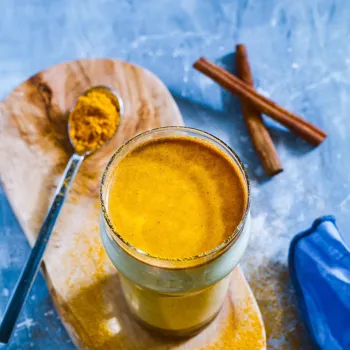
Ghee is great because it brings out the flavour of all the ingredients beautifully. Plus, it has a high smoking point, which makes it perfect for frying. People swear that it adds special nourishment. You can make ghee at home. It takes time, but makes the most delicious ghee.
These six ingredients are the core of Indian cooking. Mastering their use will unlock a world of flavour and allow for countless culinary experiences. Do not be intimidated. Be confident. Be creative.
AI Generated Content. Glance/InMobi shall have no liability for the content
